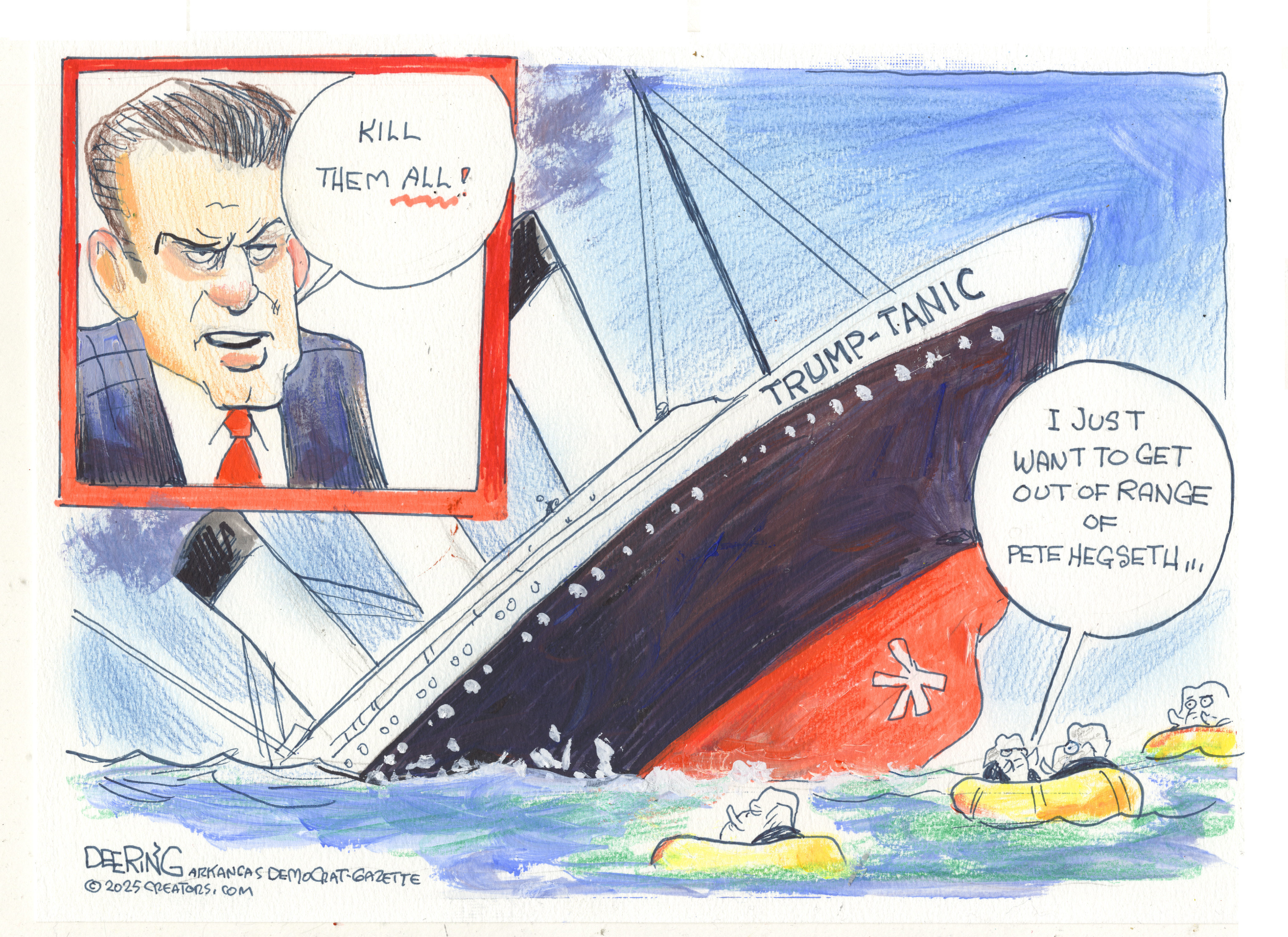Also of interest...for oenophiles
A Vineyard in My Glass by Gerald Asher; An Ideal Wine by David Darlington; Dying on the Vine by George Gale; Voodoo Vintners by Katherine Cole
A Vineyard in My Glass
by Gerald Asher
(Univ. of Calif., $30)
The Week
Escape your echo chamber. Get the facts behind the news, plus analysis from multiple perspectives.

Sign up for The Week's Free Newsletters
From our morning news briefing to a weekly Good News Newsletter, get the best of The Week delivered directly to your inbox.
From our morning news briefing to a weekly Good News Newsletter, get the best of The Week delivered directly to your inbox.
“Almost all the best English wine writers seem to have begun life as wine merchants,” said Lettie Teague in The Wall Street Journal. Gerald Asher was a wine buyer before his 30-year career as a wine columnist for Gourmet, and he is responsible for some of the most evocative writing about wine put to page. Some of Asher’s columns collected here are, unsurprisingly, a bit dated. But “there is a timelessness in his writing” that makes most every piece “a literary pleasure.”
An Ideal Wine
by David Darlington
(Harper, $27)
A free daily email with the biggest news stories of the day – and the best features from TheWeek.com
This portrait of two California wine-industry giants is one of the best books ever written about “how modern wine is really made and sold,” said Russ Parsons in the Los Angeles Times. Randall Grahm, of Bonny Doon Vineyard, is the story’s artistic spirit; Leo McCloskey, of the consulting firm Enologix, is the technician who shapes wines according to chemical profiles. The contrast allows author David Darlington to capture both the ruthlessness of the $18 billion business and its capacity to delight.
Dying on the Vine
by George Gale
(Univ. of Calif., $40)
It’s hard to imagine a more frightening moment in the history of viticulture than the one George Gale re-creates here, said The Economist. In the last decades of the 19th century, a root-munching aphid swept across Europe, destroying formidable vineyards “from Rioja to Rheingau.” Though Gale sometimes writes like the academic he is, his account of the successful battle to save Europe’s storied grapes—ultimately by grafting the vines to phylloxera-resistant American rootstocks—is consistently fascinating.
Voodoo Vintners
by Katherine Cole
(Oregon State Univ., $19)
“In almost any discussion of wine these days, the subject of biodynamic viticulture is likely to come up,” said Eric Asimov in The New York Times. In “easy-to-understand language,” wine columnist Katherine Cole traces the development of this in-vogue method of organic growing to its roots in the suspect ideas of a 1920s philosopher. Though it’s “not always clear how or whether” the methods work, Cole does showcase the astonishing success achieved by vintners in Oregon who’ve embraced the trend.
-
 Political cartoons for December 7
Political cartoons for December 7Cartoons Sunday’s political cartoons include the Trump-tanic, AI Santa, and the search for a moderate Republican
-
 Trump’s poll collapse: can he stop the slide?
Trump’s poll collapse: can he stop the slide?Talking Point President who promised to ease cost-of-living has found that US economic woes can’t be solved ‘via executive fiat’
-
 Codeword: December 7, 2025
Codeword: December 7, 2025The daily codeword puzzle from The Week
-
Also of interest...in picture books for grown-ups
feature How About Never—Is Never Good for You?; The Undertaking of Lily Chen; Meanwhile, in San Francisco; The Portlandia Activity Book
-
Author of the week: Karen Russell
feature Karen Russell could use a rest.
-
The Double Life of Paul de Man by Evelyn Barish
feature Evelyn Barish “has an amazing tale to tell” about the Belgian-born intellectual who enthralled a generation of students and academic colleagues.
-
Book of the week: Flash Boys: A Wall Street Revolt by Michael Lewis
feature Michael Lewis's description of how high-frequency traders use lightning-fast computers to their advantage is “guaranteed to make blood boil.”
-
Also of interest...in creative rebellion
feature A Man Called Destruction; Rebel Music; American Fun; The Scarlet Sisters
-
Author of the week: Susanna Kaysen
feature For a famous memoirist, Susanna Kaysen is highly ambivalent about sharing details about her life.
-
You Must Remember This: Life and Style in Hollywood’s Golden Age by Robert Wagner
feature Robert Wagner “seems to have known anybody who was anybody in Hollywood.”
-
Book of the week: Astoria: John Jacob Astor and Thomas Jefferson’s Lost Pacific Empire by Peter Stark
feature The tale of Astoria’s rise and fall turns out to be “as exciting as anything in American history.”